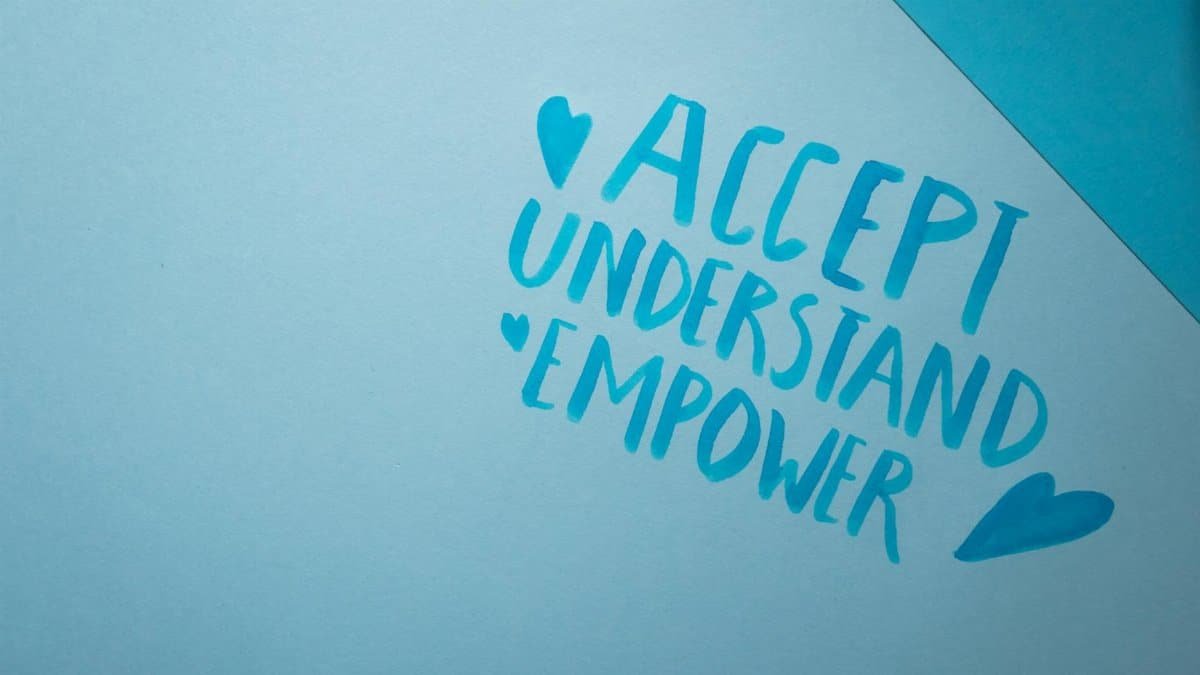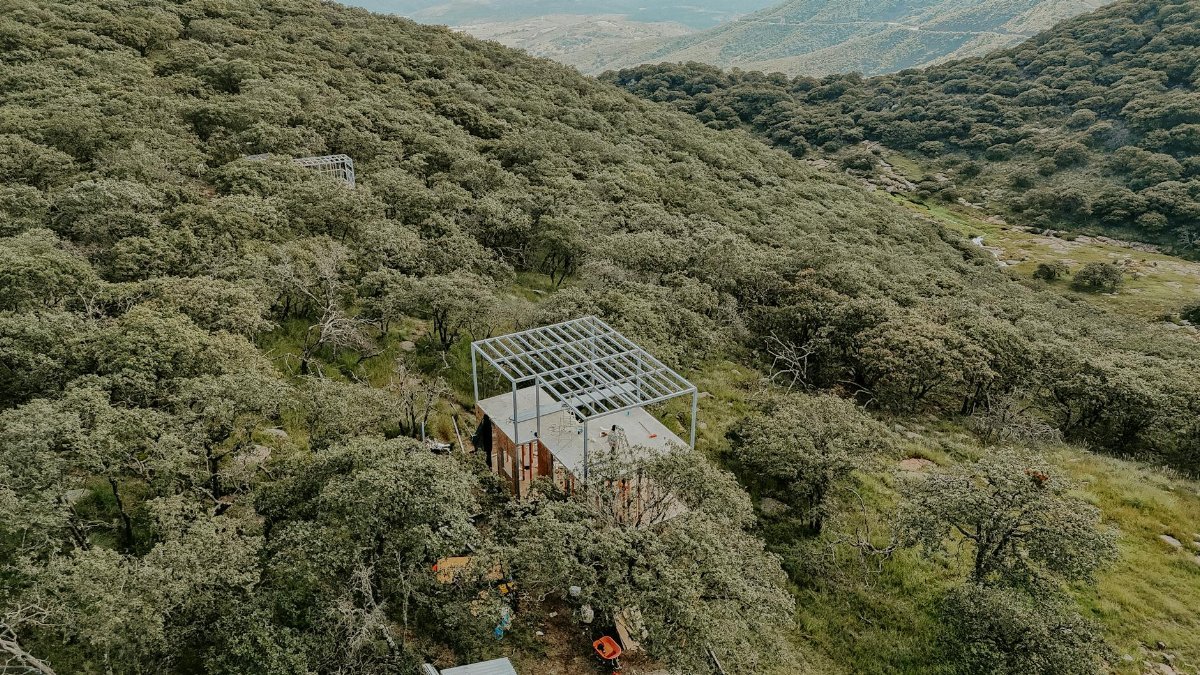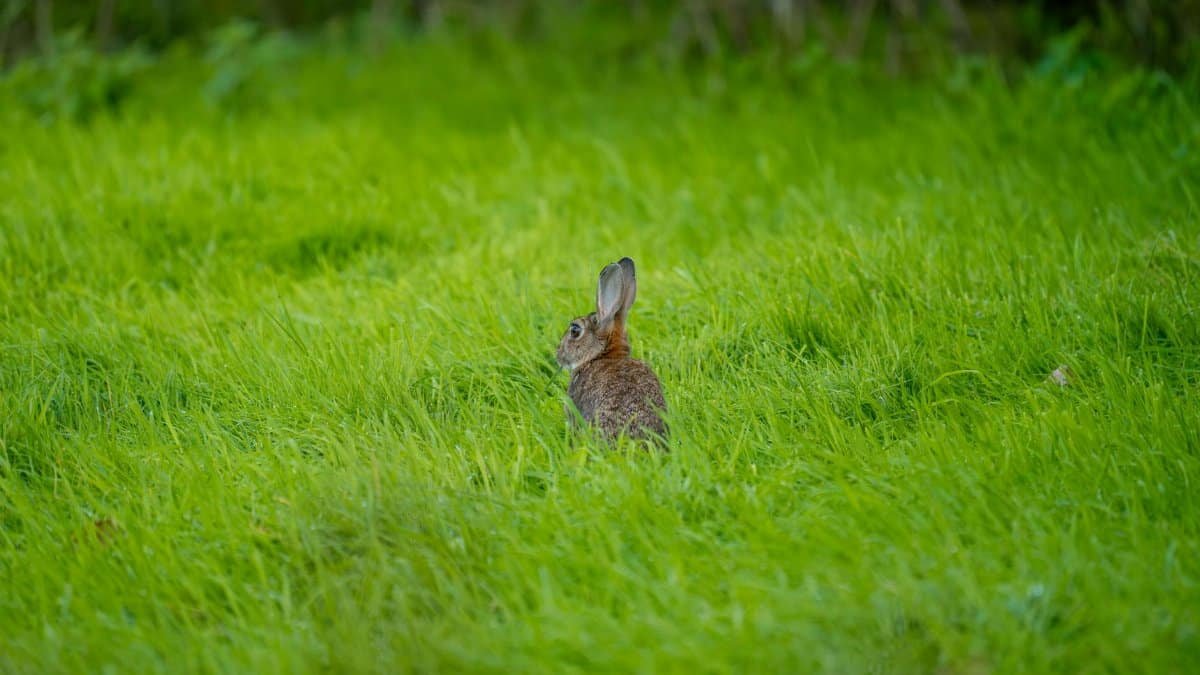In a fast-paced world where quick fixes promise instant transformation, mindfulness growth is emerging as a quiet revolution in personal development. New data from the American Psychological Association shows that 45% of U.S. adults now incorporate mindfulness practices into their routines, up from 30% just five years ago. This surge highlights how sustained awareness and intentional habits are reshaping mental health strategies across the nation. But why does real change often feel mundane before it liberates? It’s because true mindfulness growth demands patience, stripping away the drama of superficial shifts for deeper, lasting freedom.
Understanding Mindfulness Growth Basics

Mindfulness growth combines present-moment awareness with deliberate personal evolution. It’s not about fleeting meditation sessions but building habits that foster resilience and clarity. Experts say it starts with simple breathwork or journaling, gradually expanding to influence daily decisions. In 2025, with stress levels at record highs due to economic pressures, this approach is gaining traction among professionals seeking sustainable well-being. Unlike trendy wellness fads, it emphasizes consistency over intensity, leading to profound internal shifts without the hype.
The Science Behind the Boredom Phase

Research indicates that initial stages of mindfulness growth activate brain regions associated with habit formation, but they lack the dopamine rush of novel experiences. A study from Harvard University found that participants reported higher boredom in the first month of mindfulness routines, yet persistence correlated with reduced anxiety by 25%. This “boring” period is crucial, as it rewires neural pathways for long-term emotional regulation. Neurologists compare it to muscle training: the gains come after the grind, not during the excitement of starting.
Common Challenges in Embracing Change

Many hit roadblocks when mindfulness growth feels monotonous. Distractions from social media or work demands often derail progress, leading to frustration. Therapists note that expecting immediate euphoria sets people up for failure. Instead, acknowledging boredom as a sign of authentic transformation helps. In urban centers like New York, where hustle culture reigns, individuals report struggling with the quietude required, yet those who push through describe a newfound sense of freedom from reactive living.
Practical Steps to Get Started

Begin with five minutes of focused breathing daily. Track thoughts without judgment, using apps backed by clinical research. Integrate it into routines like commuting or meals for seamless adoption. Experts recommend setting realistic goals, such as one mindful walk per week, to build momentum. As mindfulness growth takes root, boredom fades, replaced by subtle empowerment. This method aligns with cognitive behavioral techniques, making it accessible for beginners aiming for real, incremental change.
Impact on Mental Health Outcomes

Mindfulness growth is linked to lower depression rates and improved sleep quality. A report from the National Institutes of Health reveals that consistent practitioners experience 20% fewer stress-related symptoms. In 2025, with mental health crises escalating, programs in schools and workplaces are incorporating these practices to combat burnout. The key? It teaches acceptance of discomfort, turning boring routines into gateways for emotional liberation and resilience against life’s chaos.
Real-Life Examples of Transformation

Take tech executive Mark Thompson, who adopted mindfulness growth after a burnout episode. “It felt pointless at first, like watching paint dry,” he shared in a recent interview. But after three months, he noticed sharper focus and better relationships. Similar stories emerge from community groups in California, where participants credit the practice for navigating personal crises. These anecdotes underscore how enduring the mundane leads to profound freedom, backed by growing anecdotal and empirical evidence.
Integrating with Daily Life

Blend mindfulness growth into everyday activities for lasting effects. During meetings, pause to notice bodily sensations; at home, practice grateful reflection before bed. This integration prevents it from becoming another chore. Studies show that contextual application boosts adherence by 40%, according to findings from the University of California. In a year like 2025, marked by digital overload, such strategies help maintain balance without overhauling lifestyles overnight.
Overcoming Resistance to Boredom

Resistance often stems from a culture valuing constant stimulation. To counter it, reframe boredom as productive space for growth. Therapists suggest pairing practices with enjoyable elements, like nature walks, to ease the transition. Data from mindfulness apps indicates that users who persist beyond the initial dip report 30% higher satisfaction levels. This mindset shift is essential for unlocking the freedom that follows, transforming perceived dullness into a powerful tool for self-mastery.
Broader Societal Implications

As mindfulness growth spreads, it’s influencing policy and corporate culture. Companies like Google offer training programs, citing productivity gains. On a societal level, it’s addressing the loneliness epidemic, with community sessions fostering connections. A Pew Research Center survey highlights that 55% of Americans view mindfulness as vital for societal well-being in 2025. This trend points to a cultural pivot toward valuing inner peace over perpetual excitement, promising freer, more grounded lives for many.
Final Thoughts on Sustaining Progress

Sustaining mindfulness growth requires community support and self-compassion. Join online forums or local groups for accountability. Remember, the boring phase is temporary; freedom emerges through dedication. With resources like guided sessions from reputable sources, anyone can embark on this path. It’s not about perfection but progress, leading to a life where change feels liberating rather than laborious.
For more on the science, check out the American Psychological Association’s mindfulness resources and the National Institutes of Health study on mindfulness benefits.
